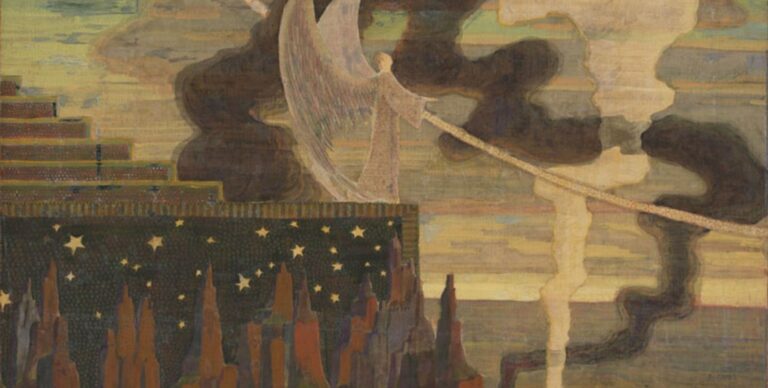On Friday I wrote a piece concerning an exhibition you can see at Milan’s Archeological Museum and, in passing, I mentioned the museum’s collection amouns to… well, next to nothing. Since the internet is a beautiful place, people got upset and I thought I should rectify my statement: the very small archaeological museum in Milan has precisely two things worth seeing, at least in my humble opinion.
The Trivulzio Diatreta Cup
This luxurious piece carries the name of the collector who brought it to Milan during the XVIII Century, alongside some objects that are now lost. It was part of a funerary trousseau found in the area of Novara, presumably near the grave of a high-rank individual.
Carlo Trivulzio was an abbot, one of the wealthiest collectors in Milan because the vow of poverty applies loosely: he bought this cup from Ferdinando Dardanoni, an antiquarian, and dedicated to the object a manuscript describing it with meticulous details on its discovery and the many hands it went through. According to his testimony and to the diary of the master of ceremonies in Novara’s cathedral, the cup was discovered on June, 9th 1675.
Due to its extraordinary beauty, the piece is also included in the additional notes to Winckelmann’s Ancient History of art and drawing when it was published in Milan in 1779.
The inscription reads: “Drink, and live many years”. Who am I to argue?
The Parabiago Plate
The second significant piece in Milan’s Archeological Museum is the so-called Parabiago Plate, a large dish discovered during building excavation works in 1907.
The shape of the object suggests a big platter used in ceremonies or simply banquets, and the scenes depicted on it also connect it with merriment: it’s the triumph of Cybele and Attis in the presence of the gods, a scene particularly loved by the high-rank society that helps us date the plate around the 4th Century A.D.
This particular date means the object is a resistance piece: Cybele and Attis were connected to the eternal cyclic renewal of life and prosperity, an anti-Christian concept, and the 4th Century A.D. saw an effort, from intellectual circles in the ruling classes, to restore the classical culture. Emperor Julianus (360-363 A.D.), labelled as “Apostate” by Christian writers, was the foremost of this intellectual and political movement.







No Comments